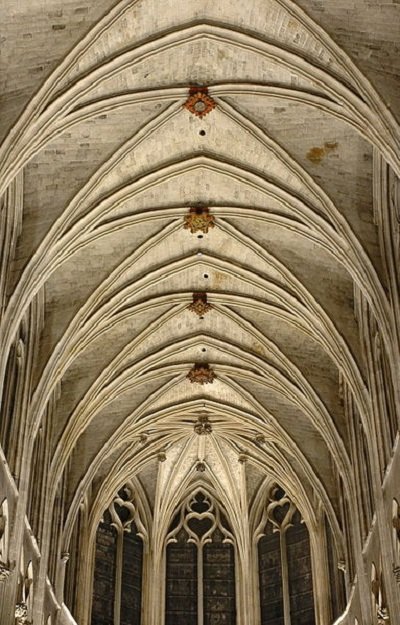Stresses in Steel and Concrete | Building Construction
In one of our previous articles, we discussed “Basic definitions and formulas”.
Now we will move on with our discussion on “Permissible stresses in concrete and steel” and “Understanding Modular ratio”.
Permissible Stresses in Concrete
Reinforced concrete designs make use of M15 grade concrete. The permissible stresses for different grades of concrete is different. They are given below:
| Sr. No. | Concrete Grade | M15 | M20 | M25 | M30 |
| 1. | Stress in compression
|
5 | 7 | 8.5 | 10 |
|
4 | 5 | 6 | 8 | |
| 2. | Stress in bond (average) for plain bars | 0.6 | 0.8 | 0.9 | 1.0 |
| 3. | Characteristics compressive strength | 15 | 20 | 25 | 30 |
Also refer for other values in IS:456-1978
Permissible Stresses in Steel
The permissible stresses for different grades of steel are given in the table above.
The different grades steel available in the market with their market names are as follows:
Mild Steel
Grade I steel is known as mild steel. The abbreviation used for Mild steel is (m.s.)
High Tensile deformed steel has two types. They are as follows:
- Grade Fe415 (Tor-40 or Tistrong I)
- Grade Fe500 (Tor-50 or Tistrong II)
The names of the high tensile deformed steel have been derived from their manufacturers.





